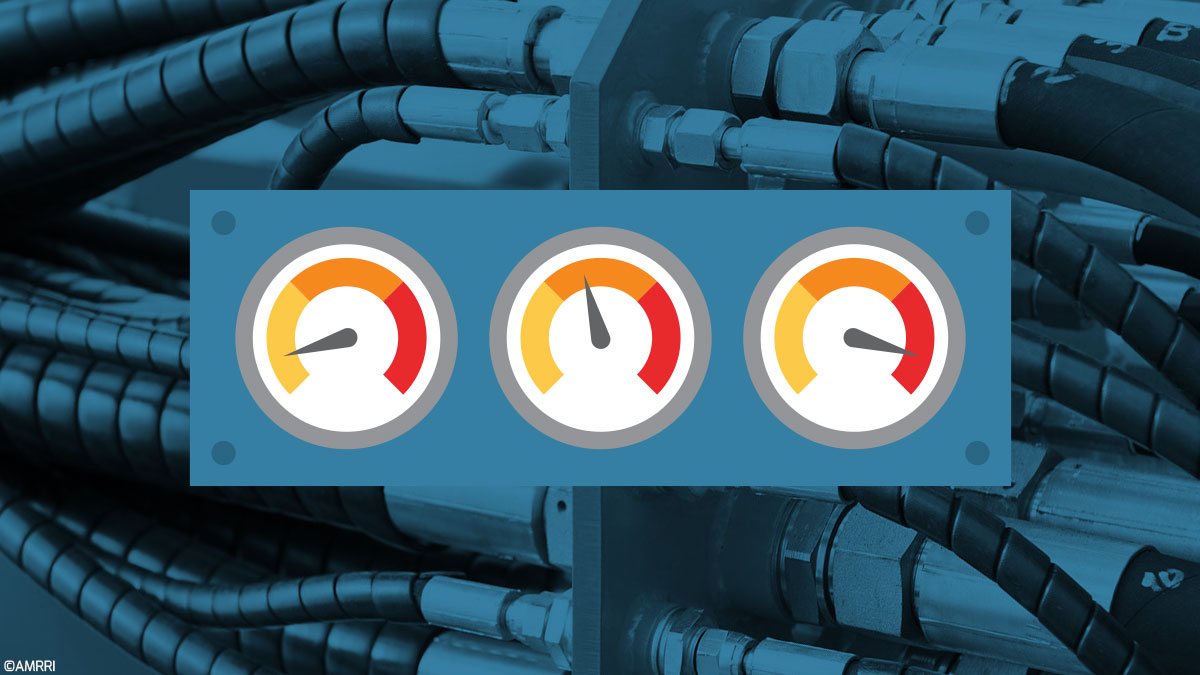WinterDeere
Super Star Member
- Joined
- Sep 6, 2011
- Messages
- 12,652
- Location
- Philadelphia
- Tractor
- John Deere 3033R, 855 MFWD, 757 ZTrak; IH Cub Cadet 123
I'm really not sure where you get this from, but it's unnecessarily conservative. The touch test is almost always a poor indicator of safe operating temperature. We humans are relatively fragile, compared to ATF, Viton, and PTFE.If parts of my splitter system were running hot enough that I could not touch metal parts for more than a few seconds, I would be shutting down to find the problem.
As noted, ATF can run safely all day long at up to 200F. Check the transmission oil temperature on your car, and you will surely find it runs near 190F for 40,000 miles at a time. Hydraulic cylidner seals are typically PTFE (400F) or Viton (450F), they're not going to fail at your assumed maximum of 140F. Even in a poorly-designed seal, where PTFE is not solely under compression, you'd be able to run it to at least 120C (250F)... non-issue.
The only thing that happens at 160F or 180F is that seepage increases slightly, as ATF viscosity drops a bit. Not a serious problem, it's not doing any damage. This is the parallel to the old "oil consumption may increase" warnings posted on oil visocosity tables for vehicle engines, when using lower weight products at higher temperatures.
Of course I'm not arguing with the notion that cooler is better, in general. But I'm also not in any panic when my hydrualic oil tank temperature creeps up above 140°F. It's really not a big deal.
Last edited:

